With EV sales growth flattening out, automakers are struggling to find ways to charge them back up. A critical step will require the launch of new, affordable models like the Model 2 Tesla reportedly is developing. During an earnings call, Ford CEO Jim Farley said he’s not planning to cede the market to his rival, revealing that the second-largest Detroit automaker has a “skunkworks” project underway to develop new EVs that could match, perhaps even undercut what Tesla is working on.
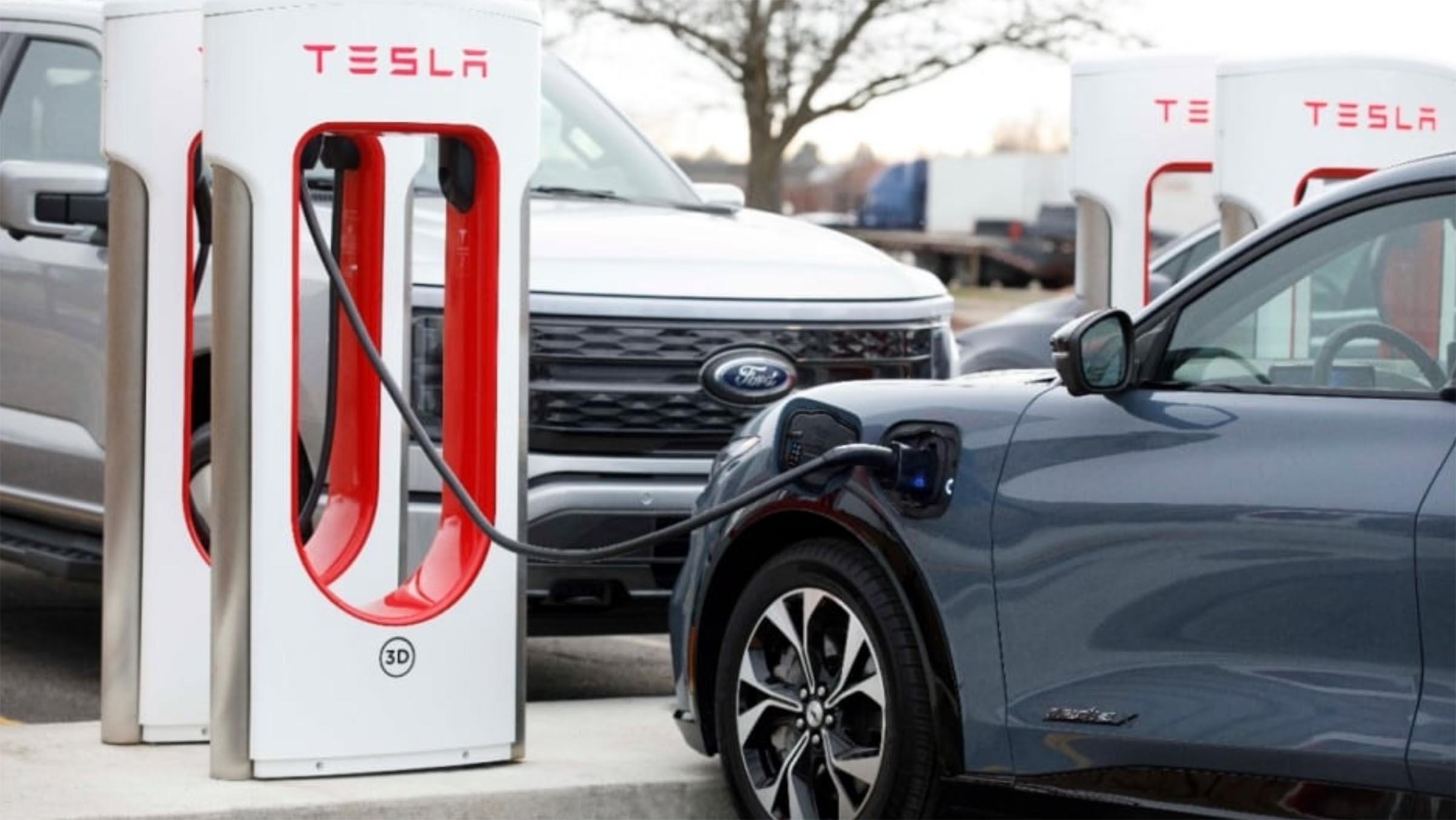
Ford recently signed a deal with Tesla allowing its EVs to plug into Superchargers — addressing one of the big concerns many potential buyers have about EVs.
Ford has put “some of the best EV engineers in the world” on what seems to be the toughest task now faced by the EV world: coming up with an affordable battery-electric vehicle, according to CEO Jim Farley.
While there are plenty of folks interested in EVs, at least based on studies by J.D. Power and other analysts, many potential buyers are priced out of the market. The average transaction price for today’s battery-electric vehicle currently runs around $60,000, according to industry data. Only a handful of models currently come in below $35,000 and typically sacrifice range, performance and features.
Tesla has indicated it’s working on a new product line – frequently referred to as the Model 2 – that could start as low as $25,000. And, based on comments Farley made during an earnings call on Tuesday, Ford has the same goal in mind.
The skunkworks
Suggesting the company “made a bet in silence” two years ago that it could match the efforts of rivals like Tesla, Farley said Ford launched its own “skunkworks” which is operating almost like an independent company, separate from the Model E division that has developed other EVs such as the Mustang Mach-E and F-150 Lightning.
(The term, skunkworks, was first used by a special team set up by Lockheed to secretly develop breakthrough military aircraft such as the U2 spy plane.)
It’s actually not the first time his company has taken the approach of “working away from the Ford mothership,” said Farley. Both to keep things secret and to sidestep the company’s notorious bureaucracy, a skunkworks team was used to develop the first Ford GT supercar revealed during the company’s 2003 centenary.
What we know
From comments Farley made Tuesday evening, the team has already come up with a new platform for the entry-level EV.
“They’ve developed a flexible platform that will not only deploy to several types of vehicles but will be a large install base for software and services that we’re now seeing at Pro,” said Farley, referencing a separate Ford unit focusing on commercial EVs.
Based on statements he’s made in the past, it might be a safe assumption that this involves more than just the usual mechanical bits. Farley is determined to echo Tesla’s approach, moving away from today’s model that relies on “distributed” processing, with dozens, even hundreds, of microprocessors scattered around the vehicle. Tesla relies on a centralized computer controller that not only reduces costs but makes it easier to integrate various electronic systems and devices operating everything from power door locks to digital infotainment systems.
More Ford News
- Ford reports full-year profit – but Q4 loss
- Ford bringing two off-road EVs to the Chicago Auto Show
- First look: 2025 Ford Explorer is heavy on tech
The better battery
Among other things, it appears a safe assumption the new EVs will rely on updated battery technology to bring costs down, as well. During the earnings call, Ford noted it is “betting on new chemistries and capacities.”
Ford has already begun introducing lithium-iron phosphate batteries to its EV line-up. LFP technology is less expensive than the more common lithium-ion batteries – though it does sacrifice range. The automaker has been importing these batteries but plans to begin producing them at a new plant in Marshall, Michigan in 2026.
There are other possible solutions that could reach market before decade’s end, including solid-state batteries that, among other things, eliminate the gel or liquid electrolytes typical used in today’s batteries. By some estimates, solid-state cells could deliver better range, improved performance, faster charging — and substantially lower costs – though not all experts are convinced they can be mass-produced in automotive scale. A number of modifications to lithium-ion technology are being studied, as are other chemistries, such as sulfur and aluminum-ion.
How much?
That’s er, the $64,000 question, to use the old adage. In fact, Farley didn’t announce a price tag – but the broad industry consensus seems to have gelled around the idea of pricing entry-level EVs at around $25,000.
That was the target that was set by Kumar Galhotra, now the head of Ford Blue, back in 2021.
“If we go much lower with a price point, say $20,000, it obviously won’t be possible,” Galhotra told Automotive News. “But we’re working towards it.”
“The prize is to bring that point lower and lower so that high volume, smaller-sized vehicles can be profitable as well. I can’t say that right now, today,” Galhotra said.
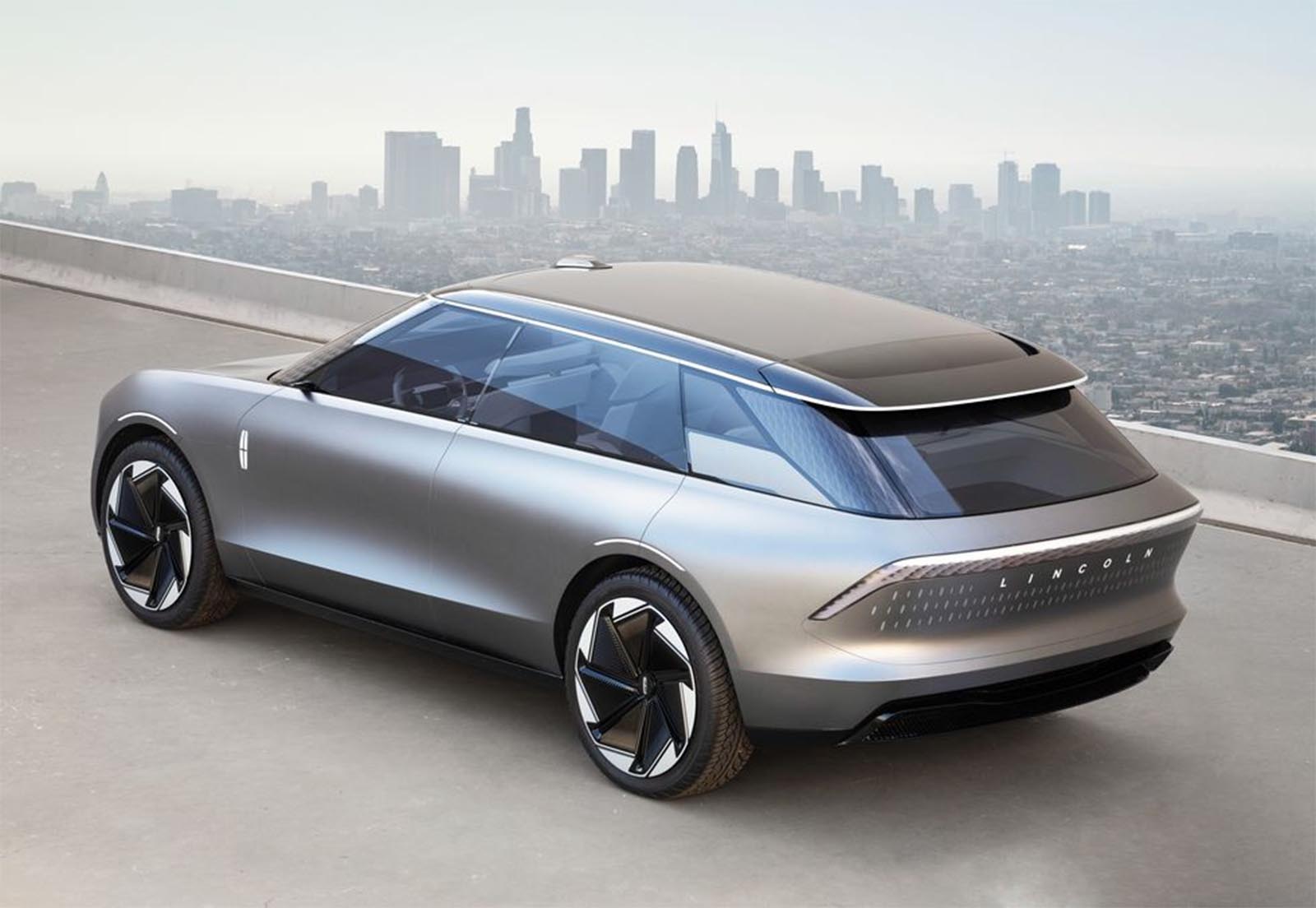
Ford will still introduce some high-end EVs — the Lincoln Star concept previewing that brand’s first all-electric model. But it is adapting to market realities with more affordable EVs.
A change in direction
Until now, Ford has focused on higher-priced EVs that can help it better recoup the hefty investments it’s been making in electrifying its line-up. But things haven’t gone as well as expected. While the Mustang Mach-E has been one of the best-selling non-Tesla EVs in the U.S., it’s fallen short of expectations. So has the F-150 Lightning which has undergone several production cuts in recent months. All told, it sold just 71,808 EVs last year. It had hoped to boost production at the Lightning plant alone to around 150,000 vehicles annually going into 2024.
Ford isn’t walking away from mid-range and more expensive EVs, It’s preparing to bring out Lincoln’s first all-electric model late this year or early 2025, Sam Abuelsamid, lead auto analyst with Guidehouse Insights. But Farley indicated it will be looking at a somewhat different product mix going forward.
“This is the recognition that EV costs are too high. Having lower-cost models will be a real boon,” said Abuelsamid, as will building up the EV charging infrastructure.”

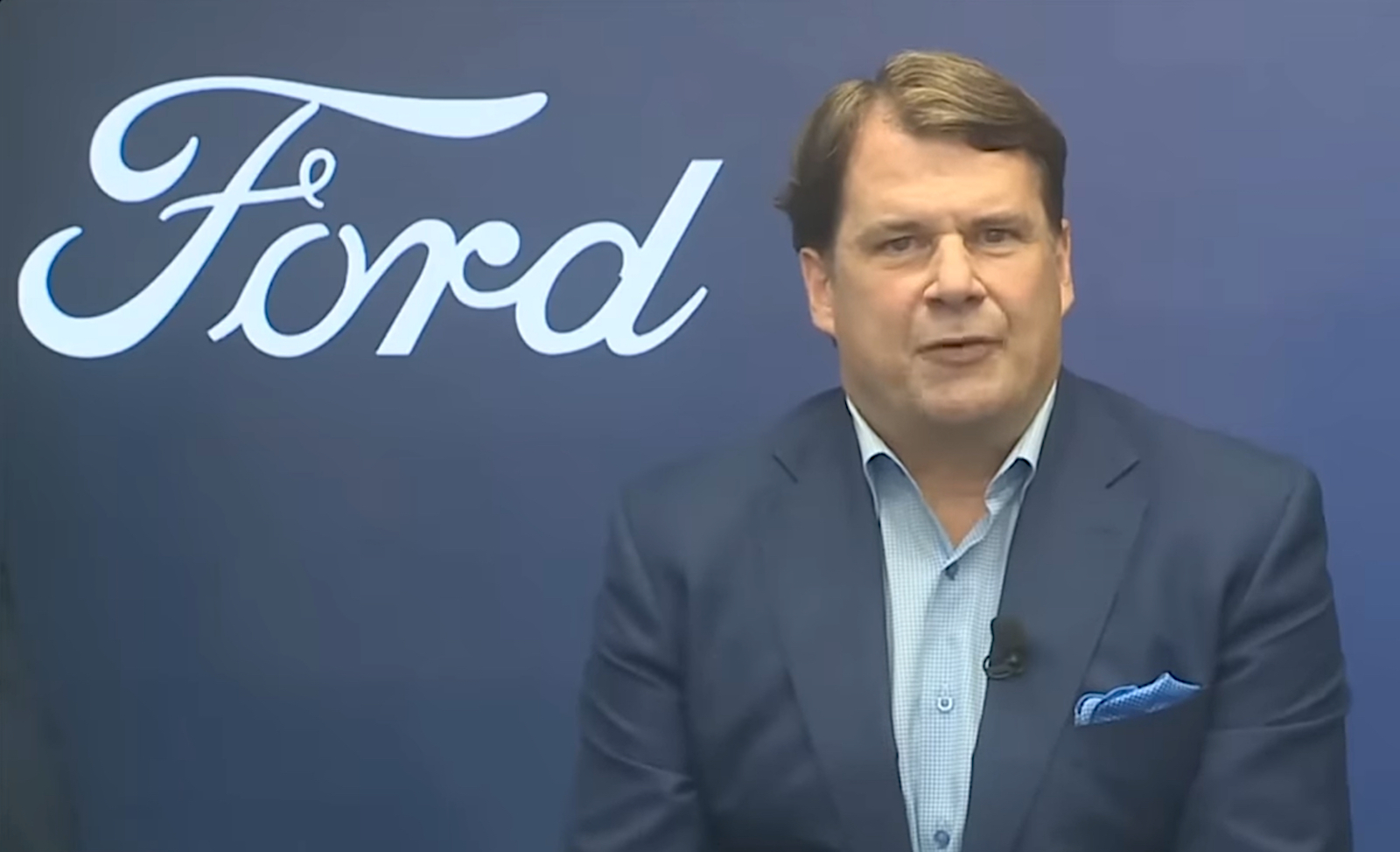
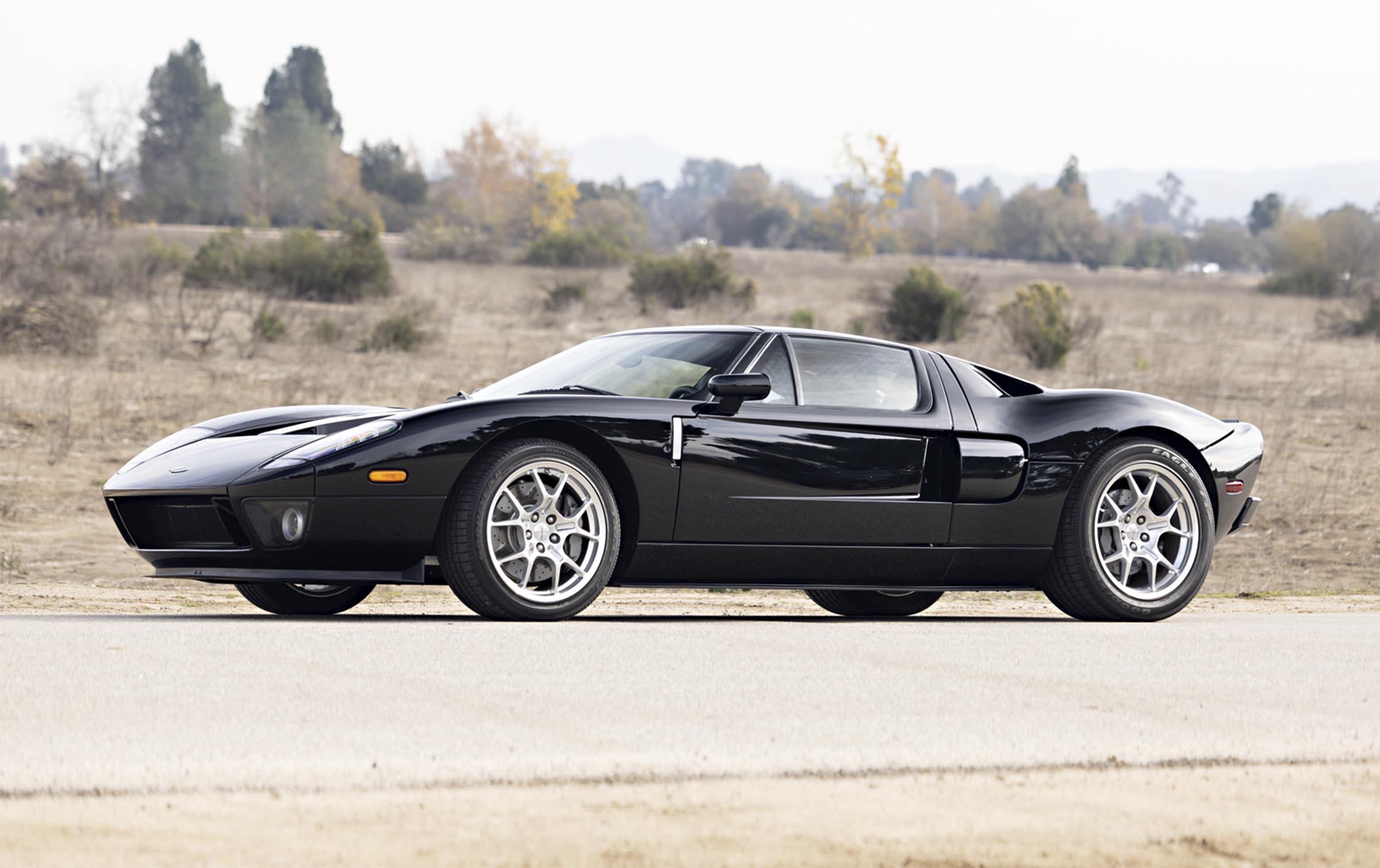
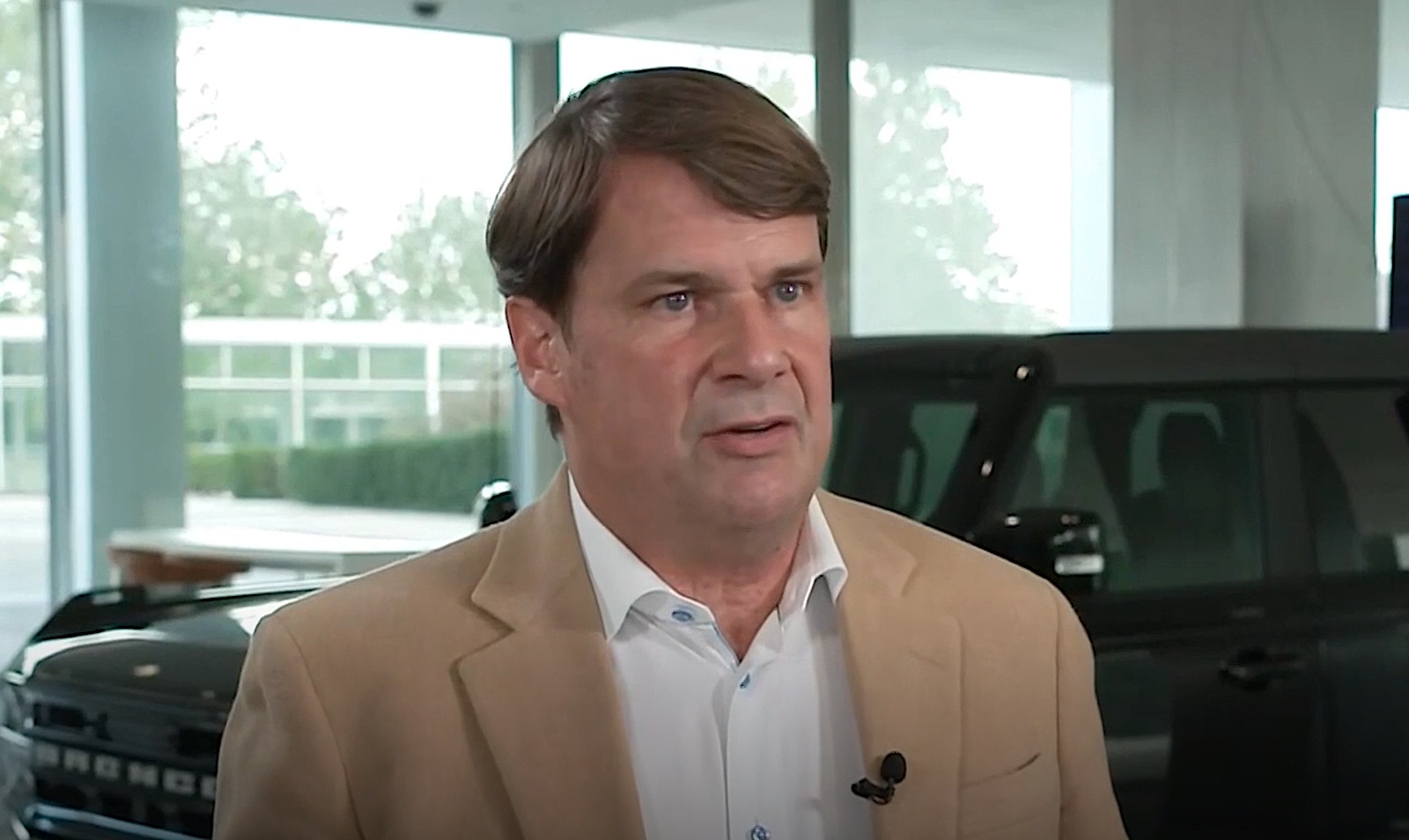


0 Comments